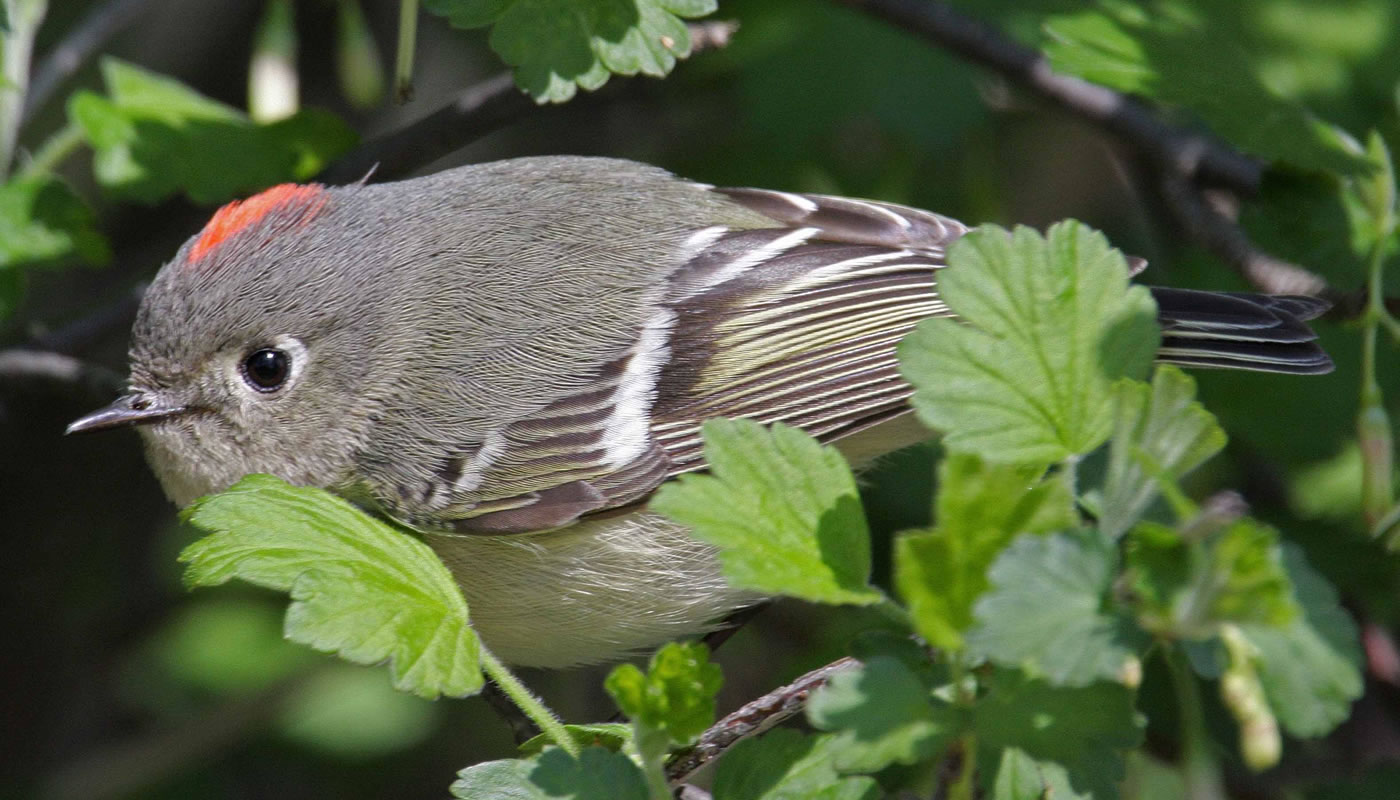March has finally loosened its grasp on winter, however reluctantly. The air is mild, the earth is soft and the forest preserves are showing all kinds of signs that the growing season is here. We asked naturalists at our Nature Centers what they need to see before they’ll put their winter coats in storage.
One of my favorite signs of winter being on its way out is seeing mating pairs of red-tailed hawks in a single tree, starting in February. I’ve even seen a pair copulating while I was stuck in traffic. They’re easy to sight along 294 where the forest preserves are adjacent—a great way to keep passengers, especially kids, amused while on a long drive.
Negin Almassi, Trailside Museum, River Forest
When spring comes around, I start looking for the first plants to pop up. I look for signs that the woodchucks are waking up and make note of which migrating birds have made their way back. The turkey vultures, sandhill cranes, red-wing blackbirds and a brown creeper are just a few of the birds I’ve spotted recently. I do all of this while taking advantage of the sunnier (and longer!) days by heading out on the trails more often.
At Sand Ridge Nature Center, we also have an Earth Day event every spring. This year, it will be on Saturday, April 20. It’s a celebration that includes puppet shows, Earth Day Jeopardy!, displays, nature photography, a craft to take home and much more!
Jeanette Louis, Sand Ridge Nature Center, South Holland
I like the birds that make their migratory appearance here in the spring. Most of them will make this their home for the summer, but a few, like the ruby-crowned kinglet and the black-throated green warbler are just passing through. I also keep my eyes open for the spring ephemeral flowers in the woods. Their blooming times can be so short and some are not very “showy” as flowers go. But within the span of a few weeks, the cast of characters seems to completely change.
Brian Winters, River Trail Nature Center, Northbrook
When the weather starts to warm up in the spring, the frogs and salamanders start to come out. During night hikes you can feel a cool breeze and possibly hear some of the different frog calls. Also with spring you start seeing more green heron and white egrets over the pond looking for a quick meal.
Jake Huffman, Sand Ridge Nature Center, South Holland
My favorite sign of spring is the blooming of the woodland ephemeral wildflowers, those small, beautiful flowers that open before the trees leaf out, and nourish the early spring butterflies and the huge queen bumblebees. Some of these include spring beauties, hepatica, Virginia bluebells and Dutchman’s breeches. However, my favorite is bloodroot, a delicate white-petaled beauty that only opens in sunshine and only lasts a few days. The rounded leaves wrap protectively around the flower stalk until it is time to bloom. Finding a patch of them in the spring sunshine is an incredible treat. Last year I spotted bloodroot in early April. The area had been burned the autumn before, removing the packed leaves and darkening the soil so that the sun could warm it.
Irene Flebbe, Trailside Museum, River Forest

